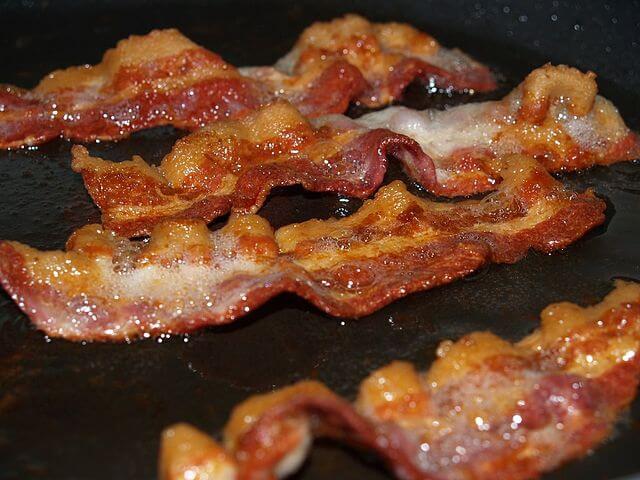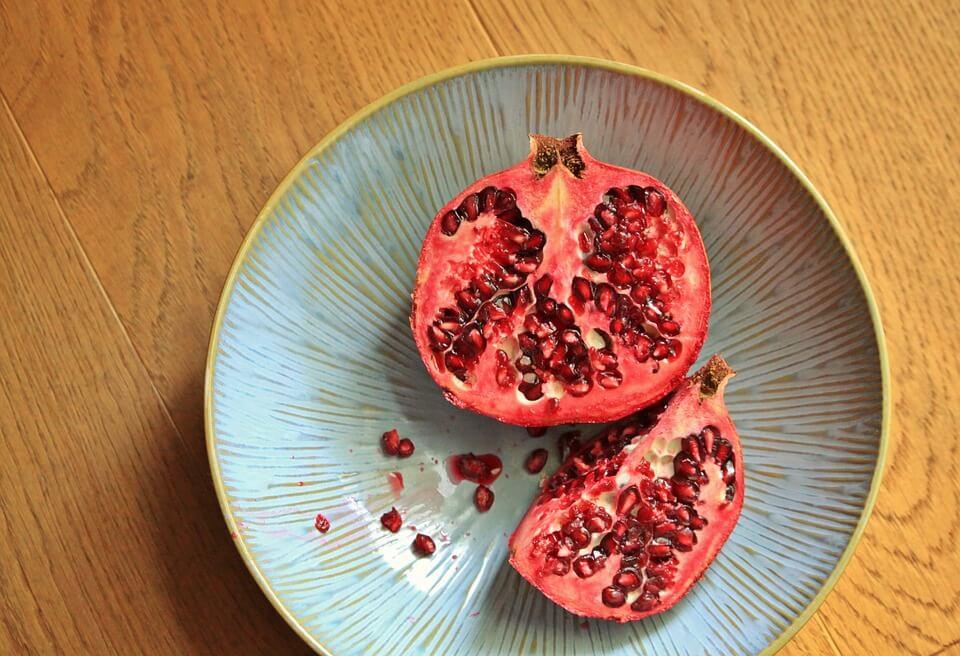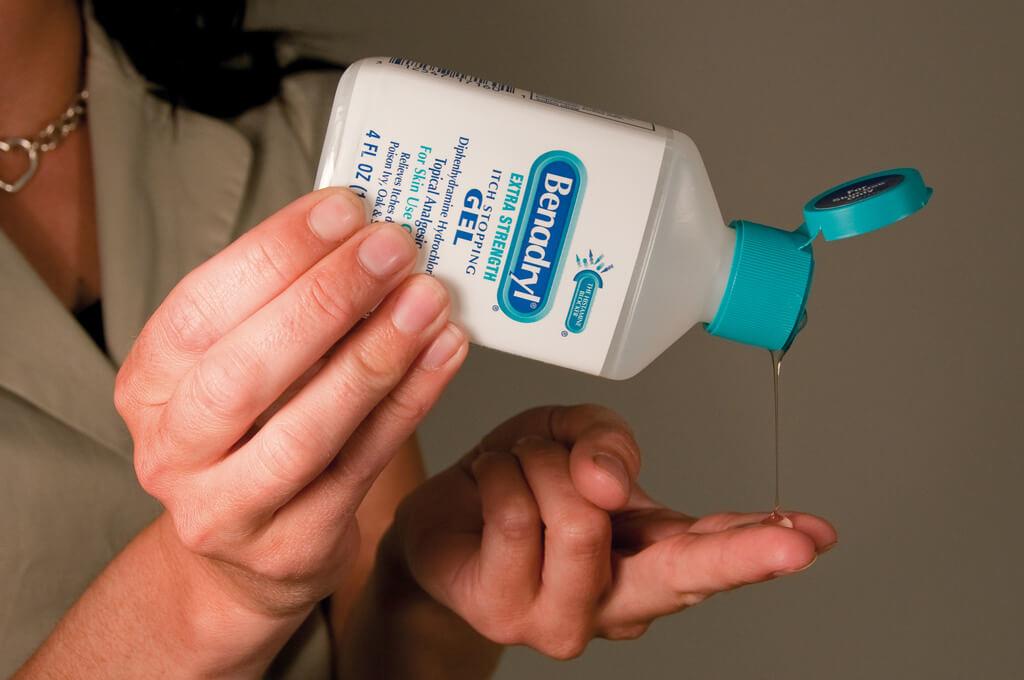How histamine intolerance affects your running

Have you ever noticed red bumps or hives on your skin, itchy limbs, sneezing or allergy symptoms while you’re running? Even if running indoors? You’re not alone! Many web forums out there have a similar message of “Help me! I’m allergic to running!”
What seems like an allergy response with exercise is often linked to something called Histamine Intolerance. Histamine is a compound that certain cells release in response to inflammation, allergic reactions or injury. Histamine is released when the body perceives additional physical or mental stress, which can occur with running. It’s an immune response that occurs in all animals, which opens up your blood vessels so that the proper “helpers” can come in and attack foreign threats in the affected tissue. The compound has several different effects on the body and often produces the signs of seasonal allergies, skin itching or a rash.
There are a plethora of other symptoms that have also been linked to histamine intolerance. These symptoms of Histamine Intolerance are often experienced at rest and can include: anxiety and depression, chronic fatigue, flushing and sweating, headaches, nasal congestion, difficulty breathing, abdominal cramps, swelling, fast heart rate, vertigo, eye issues, joint and muscle pain, hair loss, sinus problems, thyroid problems, difficulty sleeping, problems with bone density, temperature or sunlight sensitivity, and much more.

Many people refer to a “bucket theory” when it comes to histamine intolerance. The body produces histamine, but it’s also in higher concentrations in some of the foods we eat. Think of the bucket as your body’s potential to process the histamine that it eats and makes. If one is ingesting a lot of histamine-rich foods and beverages, AND experiencing stressors or injury, their body’s histamine levels will be higher until eventually over time there’s “spillover” from the bucket and you experience the symptoms.
So, one way to determine if your symptoms are histamine-related is to try a low-histamine diet for a week or so. Histamine levels increase on foods and drinks that are fermented, highly processed with preservatives or foods that become leftovers. Alcoholic beverages, citrus fruits, and processed meats are common culprits for triggering reactions. (Histamine is one of the reasons why some people tend to get red or flushed when drinking alcohol!)

Foods that are naturally high in histamine or trigger release of histamine include:
- Fermented or bacterially-ripened products (kefir, kombucha, yeast, sauerkraut, vinegar)
- All alcoholic beverages
- Aged cheese
- Canned foods
- Preserved meat (dried, marinated or smoked), ie) bacon, cold cuts, dry-cured ham
- Shellfish and other fish
- Gluten-containing foods (bread, cereals, etc.)
- Chocolate
- Nuts, legumes
- Specific vegetables: spinach, tomato, eggplant, avocado, etc.
- Specific fruits: strawberries, raspberries, citrus fruit, pineapple, banana etc.
- Energy drinks, soda, and soy milk
This list is not entirely comprehensive, so be sure to look for more web resources, or ask your doctor, if you’re planning to modify your diet. As you can imagine, eliminating these foods can have a pretty dramatic impact on your ability to dine out or have the same social life. However, the histamine elimination diet is not intended to be a life-long plan, but rather an aid in the diagnosis of histamine intolerance.
Once you’ve determined whether histamine intolerance seems to be a factor for you, you can then go about modifying the whole picture of your diet, training and rest to try to find a better balance. Once diagnosed correctly, many people with histamine intolerance go on to eat a low-histamine diet without eliminating everything in the list. Keep in mind that the highest culprits (fermented foods, alcohol, preserved meats, and leftovers) are beneficial to reduce for maximal success. Yasmina Ykelenstam has an incredible wealth of information about the condition and delicious recipes that serve as a resource if you suspect you may be suffering from histamine intolerance.
There are also foods out there that naturally have anti-histaminic properties, thus, in theory, reducing the overall load in the body the natural way.

Alison Vickery, a holistic health coach, recommends increasing the following in your diet:
- Vegetables- watercress, onion, garlic, pea sprouts
- Herbs- moringa, holy basil, thyme, tarragon, chamomile, nettle, peppermint, black cumin seed/oil
- Rhizomes- thai ginger, ginger, lotus root, turmeric
- Fruit- pomegranate, apples, capers, mangosteens, peaches
- Other- black rice, mung bean sprouts
There’s also a supplemental approach to managing histamine levels. Some people are deficient in the enzyme called “DAO” (Diamine Oxidase) that helps break down histamine. It’s possible to use DAO in pill-form 30 minutes before meals to reduce the overall load of histamine in your “bucket.” There are other products on the market that you can use before eating, like Quercetin and Bromelain, which help to stabilize the type of cells that release histamine. People have mixed results in using either supplement to reduce symptoms, but they are relatively affordable, natural and worth a try.
The condition is complex and requires some (minor to drastic) lifestyle modifications for those who are avid athletes. Below are a few suggestions for things that runners may need to consider if they suspect they have this condition:

Tips for Runners to Avoid Histamine Problems While Running
- Try not to eat for at least one hour before your run. It will decrease your likelihood of a reaction.
- Make sure the food or beverages you’re tried in your training are what you stick to on race day. As a general principle, it’s never wise to mix up your race nutrition with something new. Test and approve your plan beforehand to minimize the risks.
- Aim to supply your diet with plenty of natural anti-histamine rich foods.
- Freeze any leftovers instead of storing them in the fridge.
- Consider alternative race and training fuel. Energy bars and gels have preservatives that can increase histamine levels. Consider making your healthy energy bars from scratch that you can freeze and pop out for race day.
- Consider modifying the intensity, frequency or duration of your training plan to avoid provoking symptoms. And make sure you are getting enough rest between workouts.
- For severe cases, carry a stash of Benadryl and H1/H2 blockers (like Allegra and Zantac) for the onset of symptoms.
If symptoms of histamine intolerance are severe, don’t run through them – seek medical help. There are other conditions out there with similar symptoms, such as Mast Cell Activation Syndrome and Mastocytosis, which can cause excess release of histamine and other chemicals to the point of triggering anaphylactic shock. A consult with an allergist or immunologist is a great starting point to ensure that you’re managing all of the possible factors in your symptoms.
Latest Articles
 Is Running on a Treadmill Easier Than Running Outside?Runners have their own preferences, whether it is treadmill running, running outside on the road, or exploring trails. So...
Is Running on a Treadmill Easier Than Running Outside?Runners have their own preferences, whether it is treadmill running, running outside on the road, or exploring trails. So... Is It OK to Use Trail Running Shoes on the Road?While trail running shoes can be used on roads, especially in situations where a runner encounters mixed terrains or pref...
Is It OK to Use Trail Running Shoes on the Road?While trail running shoes can be used on roads, especially in situations where a runner encounters mixed terrains or pref... How to Fix Sore Quads After Running?Rest, ice, gentle stretching, and over-the-counter pain relievers can help soothe sore quads after running. Also, ensure ...
How to Fix Sore Quads After Running?Rest, ice, gentle stretching, and over-the-counter pain relievers can help soothe sore quads after running. Also, ensure ... 10 Fruits With The Most Electrolytes to Replace Sports DrinksThese fruits are high in electrolytes such as potassium, magnesium, and calcium, essential for hydration, muscle function...
10 Fruits With The Most Electrolytes to Replace Sports DrinksThese fruits are high in electrolytes such as potassium, magnesium, and calcium, essential for hydration, muscle function...

